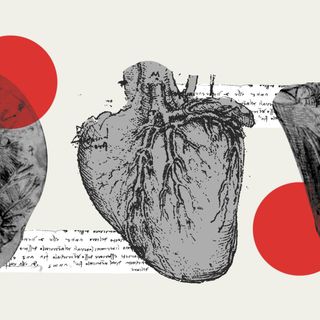In The Buzz Cut, we bring you a round-up of all the weird, controversial, and wonderful stories we’ve been reading all week.
Every time a female celebrity stands up for herself, why do we call it a “rant”? Media bias is rooted in societal sexism, and most of it deems assertive, independent women who are angry as “hysterical,” essentially deeming them unreasonable and unworthy of being heard. This is an alternative.
*
Media portrayals of pregnant and post-partum women are far from reality. Societal hang-ups about body-image often spill over into how we see and treat women who have given birth, ultimately reinforcing an ideal body type for women that’s a departure from reality, to an almost harmful degree.
*
Women are often judged on the basis of their relationships, more than their personality. A quintessential example is that of the wives of cricketers, such as Anushka Sharma, who often get scapegoated for their husbands’ lack of performance, often completely robbed of their agency. In a country obsessed with cricket and cricketers, do we need to rethink how we think of cricketers’ wives?
*
The Indian media has historically been dismissive of women’s achievements. A perfect example is when Esther Duflo, a Nobel Laureate, was widely identified as her husband’s wife, when both were awarded the Nobel Prize in Economics. How can we do better?
*
Be it in the context of #MeToo or a political standoff, mainstream Indian media has oft-glorified Men’s Rights Activists touting their own sad subjugation, without any gender analysis whatsoever. Here’s why do we need to look at all ‘news’ through an informed gender lens.
*
This is especially true in the media’s reporting of sexual violence, which is worryingly problematic, sensationalist, inaccurate, and dependent on religion, class, and caste, and rich with stereotypes. Here’s how that’s harmful.
*
We know the Indian TV media is a big fan of trauma porn, inclined to sensationalize gruesomeness without being able to provide the necessary context the public needs to understand any given incident. One way this happens is the sharing of violent images.
*
And then comes the clincher — the Covid19 pandemic. It’s an uncertain time that has been made worse by media publications amplifying inconclusive, rushed scientific data, only to have the information change, or be reversed or recalled, the next week. The news machinery, however, churns on, without any accountability or clarification to go back and fix the problem. In this infodemic raging within the pandemic, here’s why that’s dangerous.




